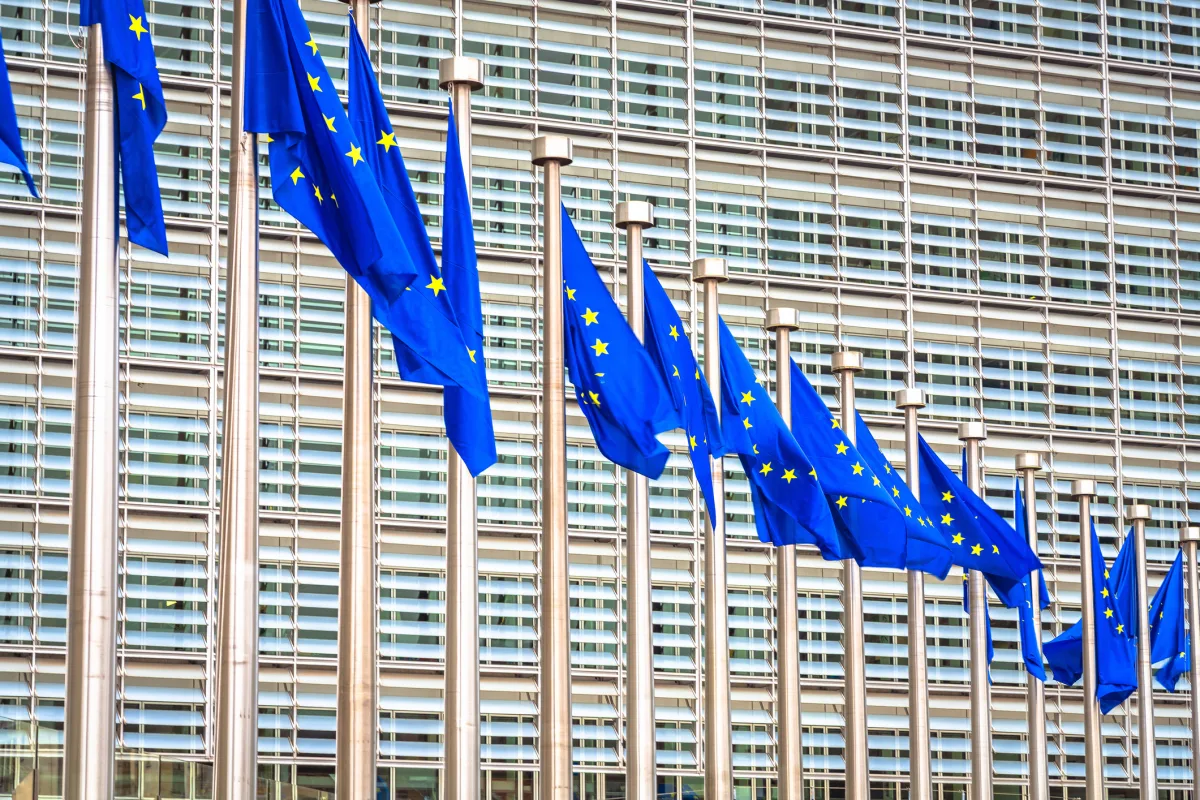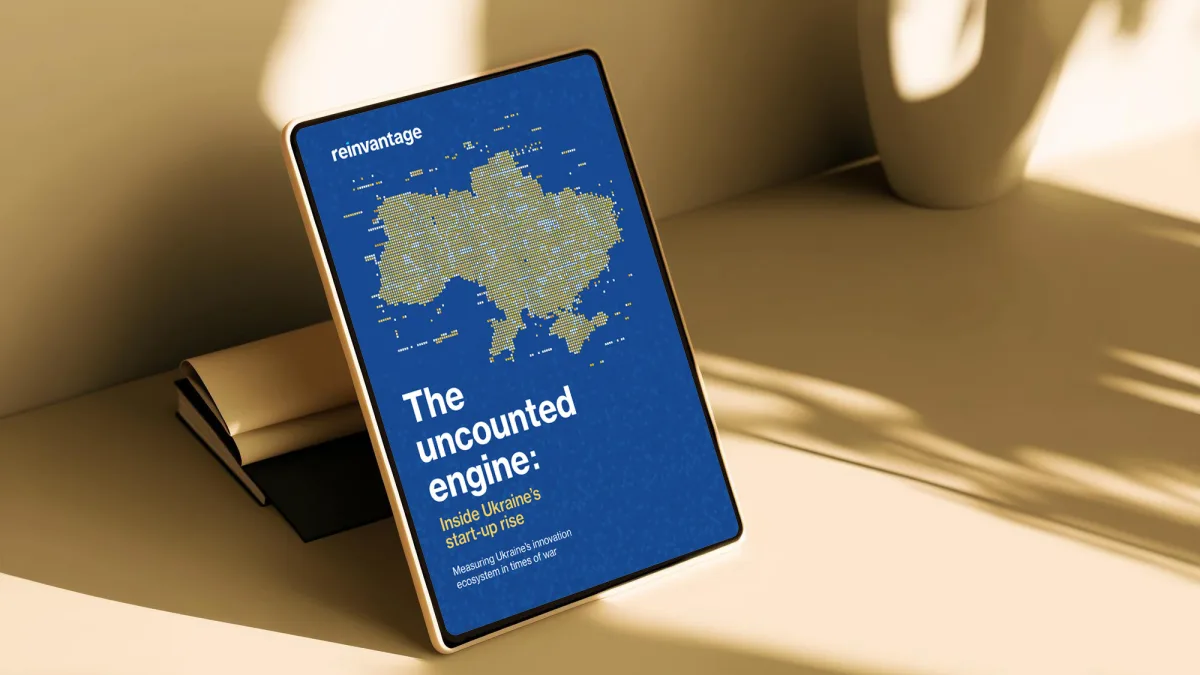Start with a simple idea: decisions should be made as close to home as possible. That’s subsidiarity in its purest form—the principle that the European Union should only act when it can achieve something member states cannot manage alone.
However, over the past three decades, Brussels has turned this noble concept into bureaucratic fodder, using it mainly to divvy up powers between national governments and EU institutions whilst leaving regions largely out in the cold.
Nevertheless, this old idea is stirring again. As far-right and sovereigntist parties threaten to reshape Europe’s political map, the Europe of the Regions concept is primed to make a comeback. Once the pet project of 1980s European idealists, the vision that promised a continent organised around natural economic and cultural territories—Catalonia, Bavaria, Lombardy—rather than the often arbitrary borders carved out by centuries of royal marriages and battlefield victories, is once again ready to find a place on the Brussels agenda.
The timing isn’t coincidental. Since last year’s European Parliament election, three political groups containing sovereigntist parties now occupy a third of the seats in Brussels and Strasbourg.
Far-right parties scored big in Austria, Germany, and France. As Brussels wrestles with rising nationalism and economic fragmentation, regionalism offers a third way—neither the federalist dreams that terrify sovereigntists nor the isolationist nation-state system they champion.
The original blueprint
Europe of the Regions took off in the 1980s and early 1990s, riding a wave of innovative EU policies and institutional changes. The logic was elegant: why organise Europe around nation-states when its wealthiest provinces were already working together across borders?
Catalonia’s then president Jordi Pujol used to sketch out ‘banana-shaped’ economic zones for visitors—one stretching from southeastern England down the Rhine Valley to Switzerland, another arcing from northern Italy through southern France into Catalonia.
These weren’t academic fantasies. Regionalism was about wealth creation as much as cultural identity. Successful regions needed to work together to compete globally, and they needed a single market to operate effectively.
The EU’s nascent regional development framework looked perfect for the job, with NUTS 2 regions serving as the building blocks for policy and funding.
Where it went wrong
Reality proved less accommodating than theory. Despite the EU grabbing more powers from member states, regions saw precious little benefit. Brussels treated subsidiarity as a turf war between national capitals and EU institutions, not as a way to empower local democracy.
Even in regional policy—supposedly the crown jewel of regional empowerment—regions never became genuine partners in designing and implementing programmes. At best they were consulted, not empowered.
The structures existed but the substance didn’t. Member states weren’t about to hand real power to their regions, especially when those regions might use it to bypass national governments entirely. The whole enterprise gradually lost steam as its limitations became obvious.
Today’s opening
Three decades on, Europe looks very different. Nationalist and populist forces are ascendant from Austria’s Freedom Party to Germany’s AfD. Sovereigntist movements have split into two camps: those wanting to leave the EU entirely and those pushing for a ‘Europe of the Nations’ with weaker integration but stronger national sovereignty.
This creates an opening for regionalism. Rather than offering the tired choice between Brussels federalism and national fragmentation, regions could provide responsive governance that respects local identity whilst operating at the scale needed for global challenges.
It’s politically astute—acknowledging sovereigntist concerns about distant, unaccountable governance whilst channelling them constructively.
Here’s the thing: the EU has spent the intervening decades building exactly what a Europe of the Regions would need. The NUTS 2024 classification covers 244 regions at NUTS 2 level and 1,165 at NUTS 3. Regional policy now accounts for roughly 392 billion euros over 2021-27—about a third of the EU budget.
The results speak for themselves. Cohesion policy has expanded education infrastructure for 18 million children, supported 260,000 new jobs, and improved broadband for 3.1 million households over the past five years.
The annual European Week of Regions and Cities now runs over 100 sessions, whilst Interreg Europe continues fostering cross-border cooperation.
Learning from success
Some regions have already cracked the code. German federalism works because enough Germans feel comfortable being Bavarians or Thuringians first, Germans second.
Catalonia has built a distinct identity that embraces both local culture and a global outlook—autonomous regionalism that marries ethno-cultural nationalism with multiculturalism.
Even Scotland, no longer of course in the EU, shows how regional identity can coexist with—and sometimes challenge—national frameworks.
Authority has been drifting from national capitals to cities and regions for decades. The question isn’t whether this trend will continue, but whether Brussels will embrace it or fight it.
Beyond borders
But the real potential lies not just in empowering individual regions, but in unleashing cross-border collaboration that makes a mockery of national boundaries.
The most dynamic European economies already operate this way. Take the Rhine-Alpine corridor—stretching from Rotterdam through the Ruhr Valley to northern Italy—which handles more freight than most countries’ entire economies. Or consider the Øresund region, where Copenhagen and Malmö do all they can to function as a single metropolitan area despite being in different countries.
These aren’t accidents of geography. They’re the result of regions recognising that their natural economic partners often lie across borders rather than within them. Catalonia arguably has more in common with Lombardy than with Extremadura. Bavaria’s interests align more closely with Austria’s than with Bremen’s.
The Four Motors for Europe partnership—linking Catalonia, Baden-Württemberg, Lombardy, and Auvergne-Rhône-Alpes—shows what’s possible when regions ignore national capitals and work directly together.
Brussels has quietly been encouraging this through programmes like Interreg, which has funded thousands of cross-border projects since 1990. But these remain small-scale initiatives compared to what regions could achieve with real autonomy. Imagine if the Baltic Sea regions could coordinate environmental protection without filtering everything through eight different national bureaucracies.
The digital age makes such collaboration easier than ever. Regions can share best practices instantly, coordinate policies in real-time, and build economic partnerships without the diplomatic theatre that national governments require. It’s a form of practical federalism that bypasses the sovereignty hang-ups that have paralysed European integration for decades.
Real local democracy
Indeed, regionalism offers sovereigntists something their own ideology cannot: local democracy without economic suicide. Instead of dismissing concerns about distant governance, it channels them productively.
Regions that once seemed peripheral, rural or marginal can become dynamic players freed from geographical constraints.
The economic logic is sound too. With climate neutrality requiring 300-600 billion euros in additional annual investment, regionalism offers more efficient allocation than either centralised Brussels programmes or fragmented national approaches.
Subsidiarity might finally get to mean what it should: decisions made at the most effective level, not the most politically convenient one.
Real obstacles remain
Don’t mistake this for wishful thinking. European cohesion policy is having an identity crisis, with fierce debates over its fundamental goals. Regional gaps persist, especially between capitals and everywhere else in newer member states.
Women’s employment rates in cohesion regions lag considerably behind men’s, with gender gaps reaching 30 per cent in parts of southern Europe.
More fundamentally, regionalism needs what the EU has always struggled to create: genuine democratic legitimacy beyond the nation-state. The rise of illiberal nationalism suggests cultural and identity politics can’t be solved through technocratic fixes alone.
The moment arrives
However, today’s crisis may have created the right conditions. Europe faces a paradox: inward-looking nationalism at home whilst needing to project power abroad.
Regionalism could resolve this tension by satisfying both the sovereigntist hunger for democratic control and Europe’s need for strategic coherence.
The infrastructure is there. The examples exist. The political moment has arrived. Whether Europe’s leaders have the imagination to seize it remains an open question.
But as nationalism rises and federalism stumbles, the regions might just inherit the earth—or at least this corner of it.
Photo: Dreamstime.







